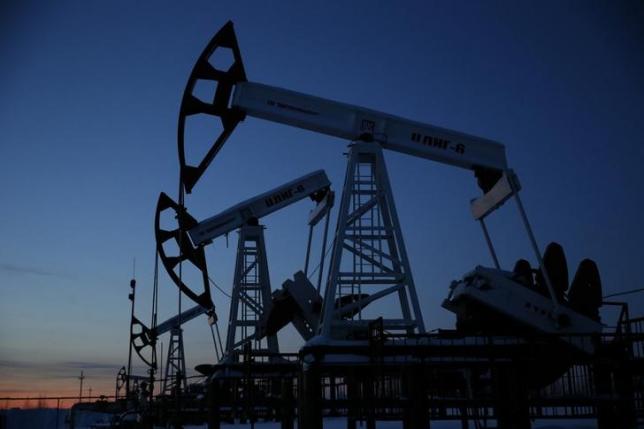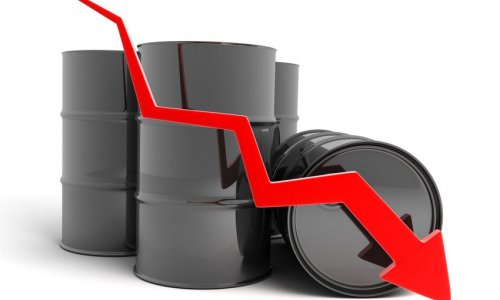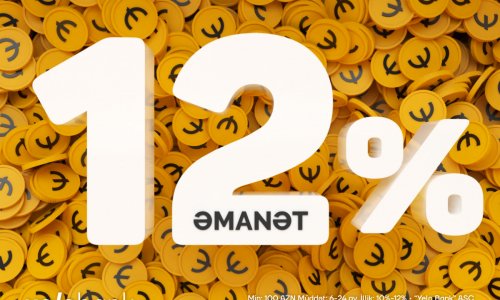Oil prices rose on Monday, extending a sharp rally seen at the end of last week after a drop in U.S. inventories and drilling, while outages and hopes that exporters could freeze output also supported prices.
Oil futures were further underpinned as analysts forecast that global oil demand could accelerate, helping tighten a market that has suffered from oversupply since mid-2014.
U.S. crude rose above $40 a barrel in early trading but eased to $39.91 by 0349 GMT, up 19 cents from Friday's close. Brent was up 16 cents at $42.10 a barrel.
U.S. energy firms cut oil rigs for a third straight week to the lowest since November 2009 as companies slash spending. Drillers cut 8 oil rigs in the week to April 8, bringing the total rig count to 354.
Brent was lifted by production outages in the North Sea and West Africa, and by hopes that a meeting of exporters planned for April 17 would lead to an agreement to rein in ballooning overproduction - estimated at about 1 million barrels per day (bpd) in excess of demand.
Analysts at Bernstein expect global oil demand to grow at a mean annual rate of 1.4 percent between 2016 and 2020, compared with annual growth of 1.1 percent over the past decade, while the International Energy Agency estimates demand to grow by 1.3 percent over the next 5 years.
"We expect oil markets to rebalance by the end of 2016. This will allow oil prices to recover towards the marginal cost of $60/bbl," Bernstein said, adding that global demand would reach 101.1 million bpd by 2020 from 94.6 million bpd now.
"All net growth will be in non-OECD markets with OECD demand likely to decline by 1 million bpd over the next 5 years."
China's vehicle sales in March rose 7.8 percent from a year earlier, data from China Passenger Car Association showed on Monday, with car sales totalling 1.92 million, indicating a brighter outlook for oil demand.
China's producer prices fell less than expected in March while consumer inflation stabilised, a sign that strong deflationary pressures in the country's industrial sector may be lessening, another good sign for energy demand.
But in a reminder that many economies were still struggling with slow growth, Japan reported that its core machinery orders fell 9.2 percent in February from January.
U.S. bank Morgan Stanley warned that current oil prices reflected temporary outages and that this "does not necessarily imply upside for flat price or evidence of a faster recovery in the global imbalance".
(reuters.com)
www.ann.az
Follow us !











